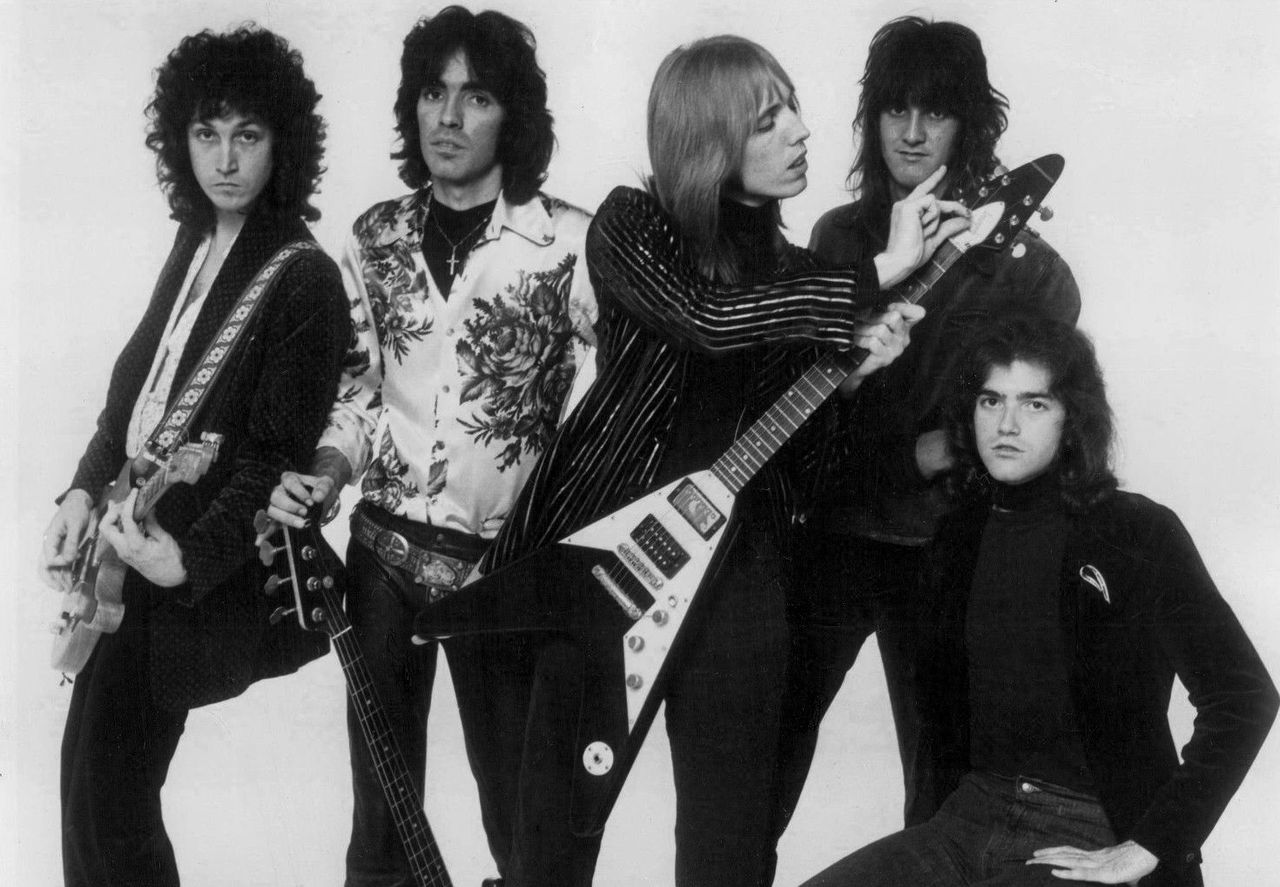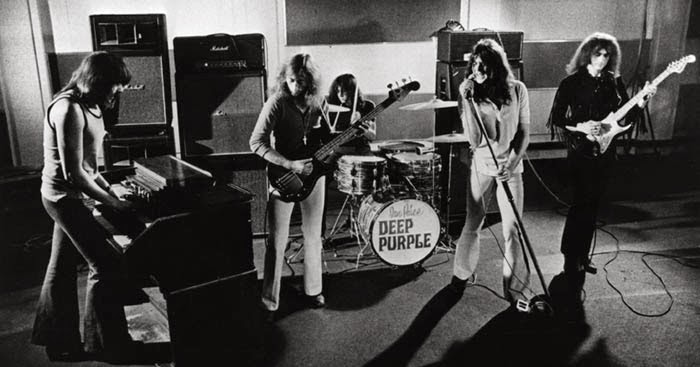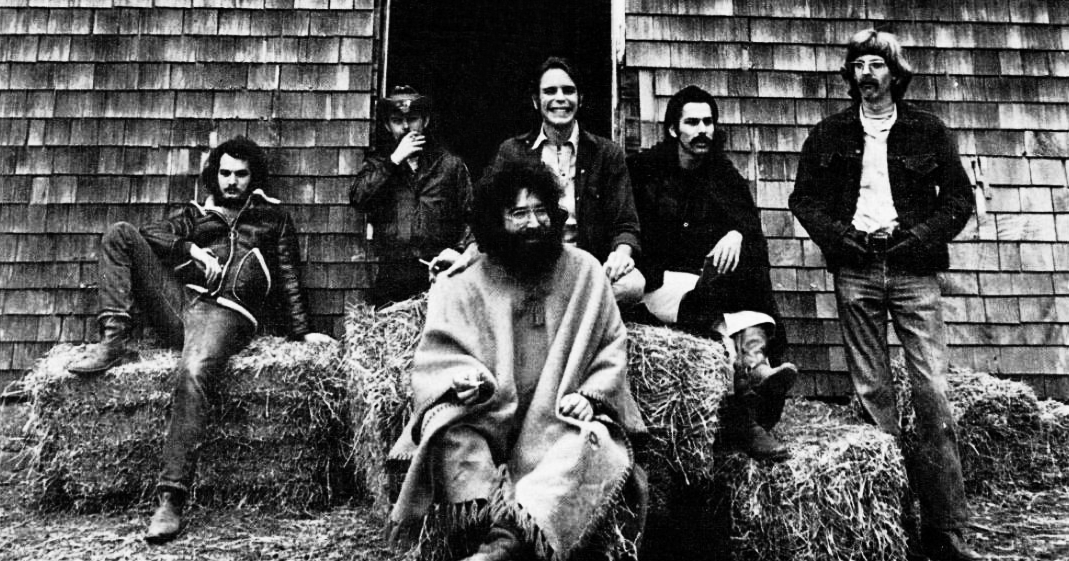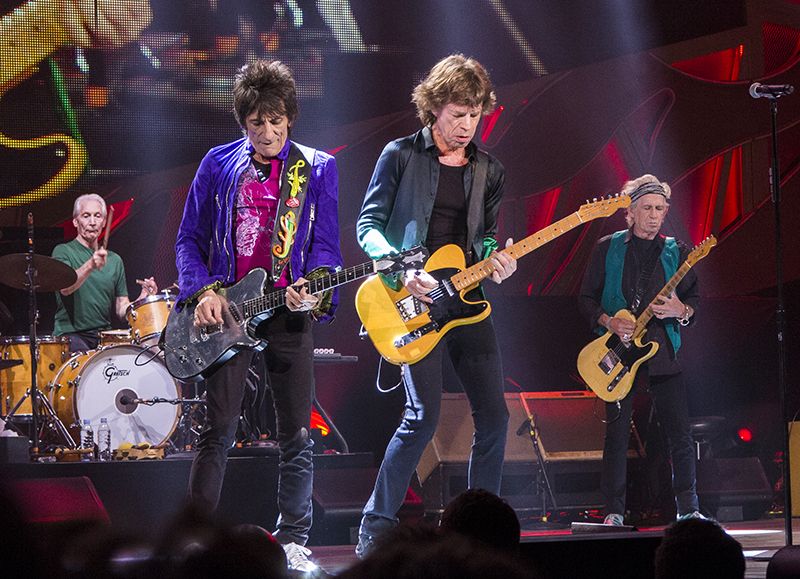RUSH
Introduction
RUSH is a Canadian rock band formed in 1968, consisting of Geddy Lee (bass, vocals, keyboards), Alex Lifeson (guitars) and Neil Peart (drums, percussion). The band is known for its complex musical style, which incorporates elements of hard rock, progressive rock, and heavy metal. RUSH has released 24 studio albums, 10 live albums, and over 40 singles, and has sold over 40 million records worldwide. The band has been inducted into the Rock and Roll Hall of Fame, and has been cited as one of the most influential rock bands of all time.
The Evolution of Rush’s Music: How the Band’s Sound Has Changed Over the Years
Since their formation in 1968, Rush has been one of the most influential and beloved rock bands of all time. Over the years, the band has evolved and changed their sound, creating a unique and powerful musical legacy. From their early days as a hard rock trio to their later progressive rock sound, Rush has consistently pushed the boundaries of music.
In the early days of Rush, the band was heavily influenced by the hard rock and blues of the late 1960s and early 1970s. Their debut album, Rush, featured a raw, blues-influenced sound that was heavily rooted in the classic rock of the era. Songs like “Finding My Way” and “Working Man” showcased the band’s hard-driving sound and their ability to craft catchy, memorable songs.
As the band progressed, they began to incorporate more progressive elements into their music. On their 1975 album, Caress of Steel, Rush began to experiment with longer, more complex songs and arrangements. Songs like “The Necromancer” and “The Fountain of Lamneth” showcased the band’s growing interest in progressive rock.
By the late 1970s, Rush had fully embraced their progressive rock sound. Their albums 2112 and A Farewell to Kings featured complex, multi-part songs that showcased the band’s technical prowess and songwriting ability. Songs like “Xanadu” and “Closer to the Heart” showcased the band’s ability to craft intricate, yet accessible songs.
In the 1980s, Rush began to incorporate more synthesizers and electronic elements into their music. Their albums Moving Pictures and Signals featured a more polished, synthesizer-driven sound that was heavily influenced by the new wave and synth-pop of the era. Songs like “Tom Sawyer” and “Subdivisions” showcased the band’s ability to craft catchy, radio-friendly songs.
In the 1990s, Rush began to experiment with a more experimental sound. Their albums Counterparts and Test for Echo featured a more experimental, guitar-driven sound that was heavily influenced by alternative rock. Songs like “Stick It Out” and “Virtuality” showcased the band’s ability to craft unique, powerful songs.
Today, Rush continues to push the boundaries of music. Their latest album, Clockwork Angels, features a mix of hard rock, progressive rock, and alternative rock. Songs like “Headlong Flight” and “The Wreckers” showcase the band’s ability to craft powerful, memorable songs.
Throughout their career, Rush has consistently pushed the boundaries of music. From their early days as a hard rock trio to their later progressive rock sound, Rush has consistently evolved and changed their sound, creating a unique and powerful musical legacy.
Exploring the Lyrics of Rush: A Look at the Band’s Poetic and Philosophical Messages
Rush is one of the most beloved and influential rock bands of all time. Their music has captivated fans for decades with its intricate instrumentation and poetic lyrics. But beyond the catchy melodies and driving rhythms, Rush’s lyrics often contain deeper philosophical and poetic messages. In this article, we’ll explore some of the band’s most iconic lyrics and the messages they convey.
The Canadian trio’s lyrics often explore themes of individualism, freedom, and the power of the human spirit. In the song “Freewill,” for example, the band encourages listeners to take control of their own destiny and make their own choices. The lyrics “If you choose not to decide, you still have made a choice” are a reminder that even inaction is a form of decision-making.
The band also often uses their lyrics to explore the power of love and friendship. In the song “Closer to the Heart,” the band sings about the importance of friendship and how it can help us through difficult times. The lyrics “And the truth that lies behind the eyes, it’s harder to disguise” remind us that true friendship is based on honesty and trust.
Rush’s lyrics also often explore the power of imagination and creativity. In the song “Subdivisions,” the band sings about the power of dreaming and how it can help us escape the mundane realities of everyday life. The lyrics “No one’s interested in something you didn’t do” remind us that our dreams and ideas are worth pursuing, even if they don’t always lead to success.
Finally, Rush’s lyrics often explore the power of nature and the beauty of the natural world. In the song “The Trees,” the band sings about the importance of respecting nature and how it can help us find peace and solace. The lyrics “The trees are the kings, they sway and they sing” remind us that nature is a powerful force that should be respected and appreciated.
Rush’s lyrics are full of poetic and philosophical messages that have resonated with fans for decades. From exploring individualism and freedom to celebrating the power of love and friendship, the band’s lyrics are a reminder of the importance of living life to the fullest. So the next time you listen to Rush, take a moment to appreciate the deeper messages in their lyrics.
The Impact of Rush on Rock Music: How the Band Influenced Generations of Musicians
Rush is one of the most influential rock bands of all time. From their early days in the 1970s to their final tour in 2015, the Canadian trio of Geddy Lee, Alex Lifeson, and Neil Peart have left an indelible mark on the world of rock music. Their unique blend of hard rock, progressive rock, and heavy metal has inspired generations of musicians and fans alike.
Rush’s sound was a combination of Lee’s powerful bass playing, Lifeson’s intricate guitar work, and Peart’s complex drumming. Their songs often featured long instrumental passages, complex time signatures, and intricate lyrics. This combination of elements made Rush stand out from other rock bands of the time and helped to define the sound of progressive rock.
The band’s influence can be heard in the work of many modern rock bands. From Metallica to Dream Theater, many of today’s most popular rock acts have been influenced by Rush’s sound. Even bands that don’t sound like Rush have been influenced by the band’s approach to songwriting and musicianship.
Rush’s influence can also be seen in the way they approached their live performances. The band was known for their intense live shows, which often featured extended improvisations and complex arrangements. This approach to live performance has been adopted by many modern rock bands, who strive to create a unique and engaging live experience for their fans.
Finally, Rush’s influence can be seen in the way they approached their career. The band was known for their dedication to their craft and their refusal to compromise their artistic vision. This commitment to their music has inspired many modern musicians to stay true to their own artistic vision, no matter what the cost.
In conclusion, Rush’s influence on rock music is undeniable. From their unique sound to their approach to live performance and career, the band has left an indelible mark on generations of musicians and fans alike. Their legacy will continue to inspire musicians for years to come.










